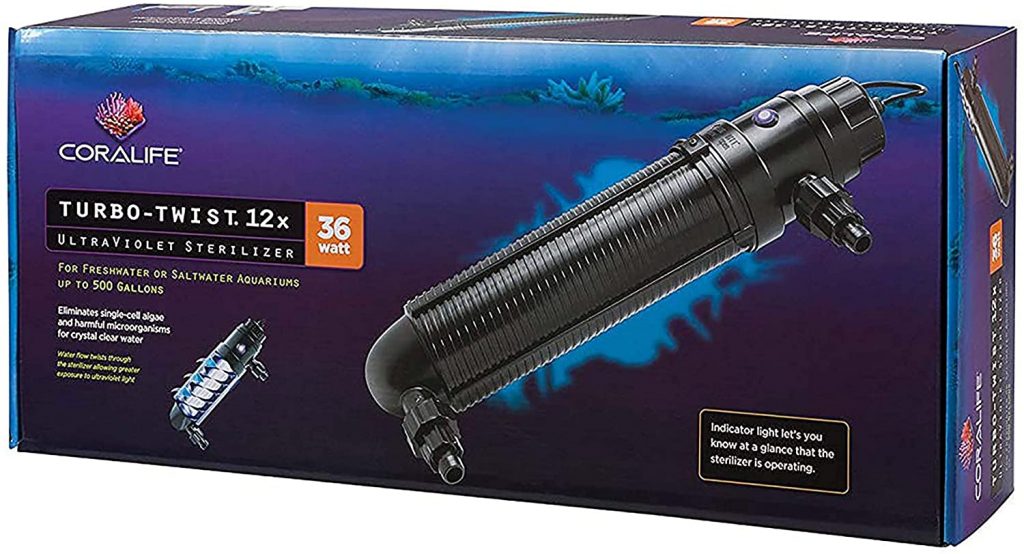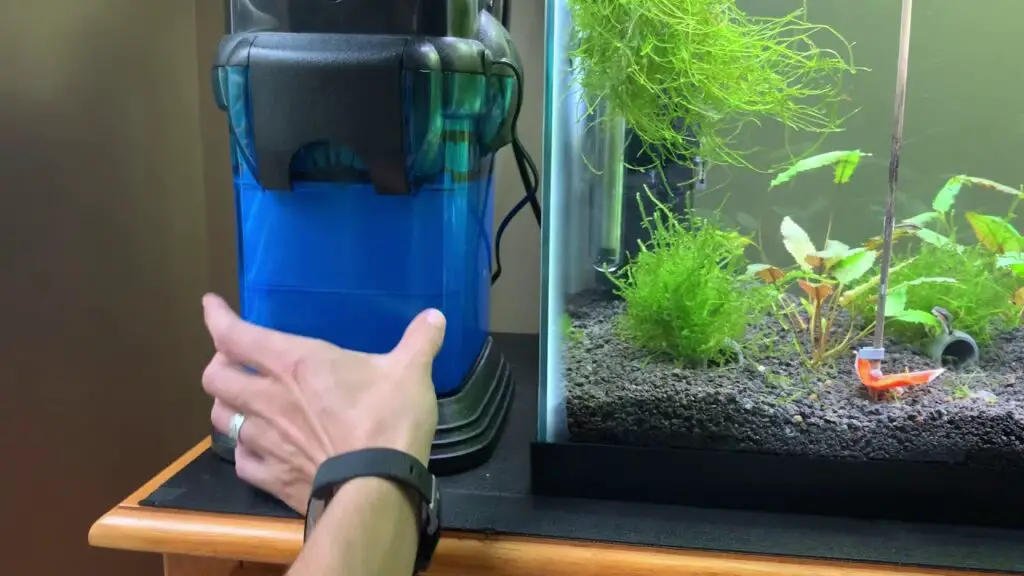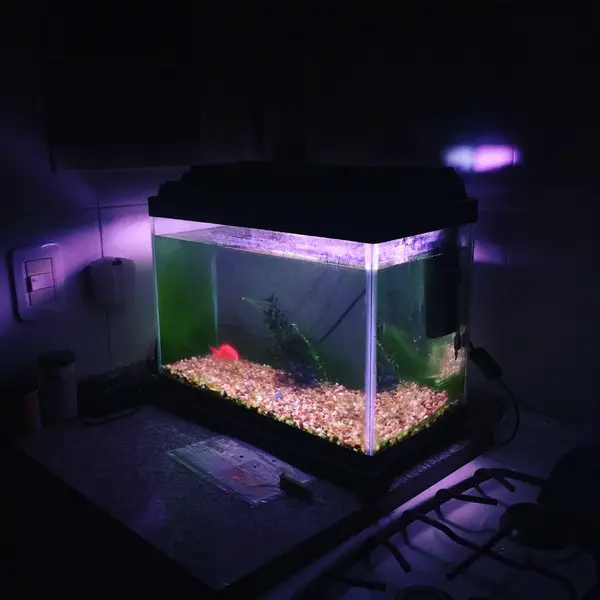With so many dos and don’ts in the aquarium business, it can be hard to discern what information is useful for keeping your aquarium clean and the water parameters stable.
It seems as though everyone has a different opinion on what’s essential to have in a freshwater tank to keep your fish safe.
If you’re heard all the fuss about UV sterilizers, then you’re probably wondering whether they’re worth the hype. Do UV sterilizers work for ich, and do they clear up your water?
UV sterilizers create a hostile environment for bacteria, algae, and other waterborne diseases that prevents them from reproducing by causing a series of harmful mutations in the affected cells.
A UV sterilizer will not eradicate ich, but it can help manage its growth within a tank.
There are a lot of myths and rumors floating around out there about how UV sterilizers can treat disease and improve water quality, but how much of that is actually true?
There’s a big distinction between what UV sterilizers can and can’t do, and the rest of this article will discuss the benefits of UV sterilizers and how effective they are at treating disease.
Recommended:
Do I Need a UV Sterilizer for My Freshwater Tank?
UV sterilizers aren’t talked about much in the fishkeeping community, but perhaps they should be. While your freshwater tank doesn’t need a UV sterilizer, per se, it’s still a beneficial addition to many tanks.
Do UV Sterilizers Work in an Aquarium?
Despite the hefty purchase price, UV sterilizers offer a long-term benefit to your freshwater tank, killing any free-floating harmful bacteria and pathogens. It can also help control algae growth and is suitable for handling cloudy water.
Keep in mind that a UV sterilizer does nothing to cycle your tank and does not serve the same role as a filter. A filter is designed to maintain and cultivate a healthy bacterial profile (the good stuff) so that your tank is suitable for your fish.
A UV sterilizer, on the other hand, only kills off harmful microorganisms in the tank. It accomplishes this by creating a hostile living environment for them, disrupting the genetic material in cells, preventing them from reproducing in the water.
As such, you should think of a UV sterilizer as a preventative measure to help control disease outbreaks and hopefully stop harmful bacteria or pathogens from becoming prevalent in your tanks.
A UV sterilizer is not a cure-all, however, and shouldn’t be treated as one. If your water parameters or conditions are poor, then rest assured that you can certainly still get diseases in your aquarium.
In addition, introducing a new fish without a proper quarantine period (4-5 weeks) will also result in a higher risk of disease.
Does a UV Sterilizer Make Water Clear?
One thing that UV sterilizers are proven to be amazing at is removing free floating algae from your water, making it crystal clear.
Algal blooms can happen really quickly, and algae eaters like plecos and snails just aren’t quick enough to control the growth of an algae population.
A UV sterilizer, on the other hand, is a great option for those looking to clear up cloudiness in the water and get rid of free-floating algae.
Keep in mind that a UV sterilizer is only effective up to a certain depth, so algae, bacteria, and pathogens need to enter it’s ‘field of vision,’ as it were, to be destroyed.
How to Set Up and Maintain a UV Sterilizer
The importance of properly setting up and maintaining a UV sterilizer cannot be overstated. One that is improperly installed or neglected won’t do anything for your tank. Remember, the UV light needs to penetrate the water to be effective.
The first factor affecting the usefulness of a UV sterilizer is the turbidity (or cloudiness) of the water. The more particulate matter there is, the less the UV light can penetrate the water to be effective.
Position it such that it comes after the filters in the water so that there’s less particular matter in the way of the UV light. This interfering matter is also what makes UV sterilizers much less effective in saltwater tanks.
Keep the bulb clean from any mineral deposit film, as this will block the light from reaching the tank at all and replace the bulb every six months for best results. A dimming bulb won’t penetrate the water as well and will have reduced effectiveness.
If you’re looking to kill a particular bacterial infection, you’ll want to adjust your wattage to match. Larger bacteria require more intense light to kill.
Remember that a UV sterilizer is only part of a control and preventative regimen and will not kill off a hardy bacterial infection by itself. That’s what medication is for.
Does a UV Sterilizer Treat Ich?
Ich is a common disease in the freshwater aquarium hobby, and it’s a pain to deal with. Ich breeds in the substrate and latches onto your fish, feeding under their skin before dropping down to the substrate to reproduce.
Since the UV light from a sterilizer doesn’t reach the bottom of the tank, it’s not an effective treatment for ich. It is, once again, only a useful preventative and regulatory measure against disease.
Ich does have a free-floating stage where it can enter the range of the UV sterilizer and be killed, so UV sterilizers are a useful part in managing the spread of ich; however, you should rely on ich-specific medication to deal with ich.
Add aquarium salt to encourage the ich to detach from your fish and try heat-treating your tank to over 80 degrees Fahrenheit (on tanks that can sustain the temperature). Whatever you do, don’t rely on just a UV sterilizer to take care of the issue. It won’t.
Conclusion
UV sterilizers are a useful part of any freshwater tank environment for regulating and killing off harmful bacteria, algae, and pathogens.
They are great at clearing up water and maintaining a healthy environment, but they don’t take the place of a filter or medicine.




